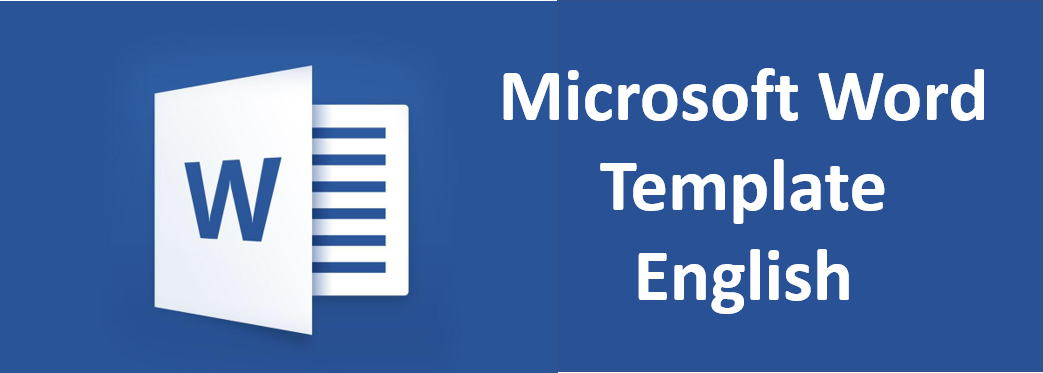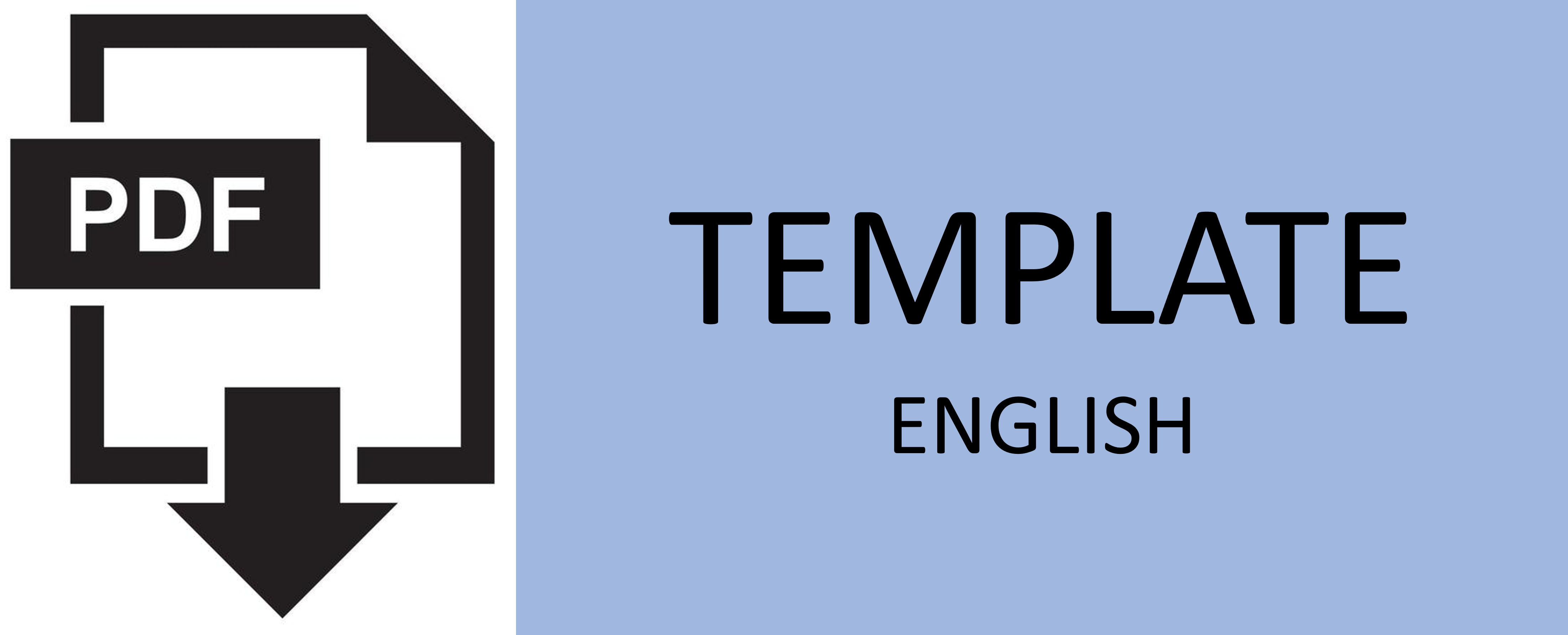The Effect of Bar Diameter on Bond Stress of Geopolymer Concrete with Pull-out Test
Abstract
Geopolymer concrete, an eco-friendly alternative, employs silica, alumina, and alkaline activators. While wet mixing has been extensively studied, its limitations, such as impracticality, quick setting, and low workability, are overcome by the dry mixing method. Study by previous research is limited only to compressive strength, flexural strength, and shrinkage. However, research on bond strength, crucial for concrete-reinforcement adhesion, is limited. This study investigates bond strength through pull-out tests using consistent concrete materials, including Type C fly ash, 12M NaOH, and an alkali ratio of 1:1. Specimens with varying reinforcement diameters (D10, D12, D16) and additional transverse reinforcement (f6-150) were tested. Bond stress averages at D10, D12, and D16 are 25.80 MPa, 25.36 MPa, and 24.25 MPa. Reinforcement diameter directly influences bond strength, with larger diameters yielding greater bond stress.
Keywords
Full Text:
PDFReferences
J. Davidovits, “Properties of Geopolymer Cements. Alkaline Cements and Concretes,” Geopolymer Institute, Ukraine, 1994.
M. M. A. B. Abdullah et al., “Chemical Reactions in The Geopolymerisation Process Using Fly Ash-Based Geopolymer,” July 2011. Available: https://www.researchgate.net/publication/287952700
S. Luhar, D. Nicolaides, and I. Luhar, “Fire resistance behaviour of geopolymer concrete: An overview,” Buildings, vol. 11, no. 82. MDPI AG, pp. 1–30, Mar. 2021. doi: 10.3390/buildings11030082.
M. Amran, S. S. Huang, S. Debbarma, and R. S. M. Rashid, “Fire resistance of geopolymer concrete: A critical review,” Construction and Building Materials,
vol. 324. Elsevier Ltd, Mar. 2022. doi: 10.1016/j.conbuildmat.2022.126722.
C. Ridtirud and P. Chindaprasirt, “Properties of lightweight aerated geopolymer synthesis from high-calcium fly ash and aluminium powder,” International Journal of GEOMATE, vol. 16, no. 57, pp. 67–75, 2019, doi: 10.21660/2019.57.4651.
J. Thomas, N. N. Thaickavil, and P. M. Wilson, “Strength and durability of concrete containing recycled concrete aggregates,” Journal of Building Engineering, vol. 19, Sep. 2018, doi: 10.1016/j.jobe.2018.05.007.
A. A. Ramezanianpour, M. A. Moeini, M. Bagheri, and H. Bayat, “An overview on the properties of Geopolymer concrete fabricated with industrial by-products,” 5th National and 1st International Conference on Modern Materials and Structures in Civil Engineering, Oct. 2016. Available: https://www.researchgate.net/publication/309910383
J. J. Ekaputri, H. A. Lie, C. Fujiyama, M. Shovitri, N. H. Alami, and D. H. E. Setiamarga, “The effect of alkali concentration on chloride penetration in geopolymer concrete,” IOP Conference Series: Materials Science and Engineering, vol. 615, no.1, p. 012114, Oct. 2019. doi: 10.1088/1757-899X/615/1/012114.
K. Pasupathy, J. Sanjayan, P. Rajeev, and D. W. Law, “The effect of chloride ingress in reinforced geopolymer concrete exposed in the marine environment,” Journal of Building Engineering, vol. 39, July 2021, doi: 10.1016/j.jobe.2021.102281.
H. J. Zhuang, H. Y. Zhang, and H. Xu, “Resistance of geopolymer mortar to acid and chloride attacks,” Procedia Engineering, Elsevier Ltd, pp. 126–131, Dec. 2017. doi: 10.1016/j.proeng.2017.11.057.
N. A. Husin, R. Bayuaji, Y. Tajunnisa, M. S. Darmawan, and P. Suprobo, “Performance of high calcium fly ash based geopolymer concrete in chloride environment,” International Journal of GEOMATE, vol. 19, no. 74, pp. 107–113, 2020, doi: 10.21660/2020.74.56966a.
R. Bayuaji, M. S. Darmawan, B. Wibowo, N. Ahmad Husin, S. Subekti, and J. J. Ekaputri, “The Influence of Chloride Environment on Compressive Strength of Geopolymer Concrete with Fly Ash Using Taguchi Approach,” Applied Mechanics and Materials, vol. 754–755, pp. 400–405, Apr. 2015, doi: 10.4028/www.scientific.net/amm.754-755.400.
W. D. Pratiwi, F. D. D. Putra, Triwulan, Y. Tajunnisa, N. A. Husin, and K. D. Wulandari, “A review of concrete durability in marine environment,” IOP Conf Ser Mater Sci Engingeering, vol. 1175, no. 1, p. 012018, Aug. 2021, doi: 10.1088/1757-899x/1175/1/012018.
A. Wardhono, “The effect of water binder ratio on strength development of class C fly ash geopolymer mortar prepared by dry geopolymer powder”, MATEC Web of Conferences, vol. 258, no. 4 part E, p. 05032, Jan 2019. doi: 10.1051/matecconf/20192
P. Nath and P. K. Sarker, “Flexural strength and elastic modulus of ambient-cured blended low-calcium fly ash geopolymer concrete,” Construction and Building Materials, vol. 130, pp. 22–31, Jan. 2017, doi: 10.1016/j.conbuildmat.2016.11.034.
N. A. Lloyd and B. V Rangan, “Geopolymer Concrete with Fly Ash,” Second International Conference on Sustainable Construction Materials and Technologies, June 2010.
D. Hardjito and B. V Rangan, “Development and Properties of Low-calcium Fly Ash Based Geopolymer Concrete,” Research Report GC 1, Curtin University of Technology Perth, Australia, 2005. Available: https://www.researchgate.net/publication/228794879
R. Bayuaji, M. Sigit Darmawan, B. Wibowo, N. Ahmad Husin, S. Subekti, and J. J. Ekaputri, “The Influence of Chloride Environment on Compressive Strength of Geopolymer Concrete with Fly Ash Using Taguchi Approach,” Applied Mechanics and Materials, vol. 754–755, pp. 400–405, Apr. 2015, doi: 10.4028/www.scientific.net/amm.754-755.400.
N. A. Husin et. al, “The effect of admixture variations on workability and compressive strength of geopolymer concrete fly ash based with high calcium content,” International Journal of GEOMATE, vol. 22, no. 92, pp. 116-123, Apr. 2022, doi: 10.21660/2022.92.j2333.
P. Topark-Ngarm, T. Cao, P. Chindaprasirt, and V. Sata, “Strength and behaviour of small-scale reinforced high calcium fly ash geopolymer concrete beam with short shear span,” Key Engineering Materials, vol. 178, pp. 191–195 Trans Tech Publications Ltd, 2017. doi: 10.4028/www.scientific.net/KEM.718.191.
P. Topark-Ngarm, P. Chindaprasirt, and V. Sata, “Setting Time, Strength, and Bond of High-Calcium Fly Ash Geopolymer Concrete,” Journal of Materials in Civil Engineering, vol. 27, no. 7, Jul. 2015, doi: 10.1061/(asce)mt.1943-5533.0001157.
R. Bayuaji, A. K. Yasin, T. E. Susanto, and M. S. Darmawan, “A review in geopolymer binder with dry mixing method (geopolymer cement),” in AIP Conference Proceedings, American Institute of Physics Inc., Sep. 2017. doi: 10.1063/1.5003505.
H. Lin, Y. Zhao, J. Ozbolt, P. Feng, C. Jiang, and R. Eligehausen, “Analytical model for the bond stress-slip relationship of deformed bars in normal strength concrete,” Construction and Building Materials, vol. 198, pp. 570–586, Feb. 2019, doi: 10.1016/j.conbuildmat.2018.11.258.
M. S. Darmawan, Y. Tajunnisa, P. Suprobo, W. Sutrisno, and M. W. Aziz, “Comparative study of flexural performance of geopolymer and portland cement concrete beam using finite element analysis,” International Journal of GEOMATE, vol. 23, no. 95, Jul. 2022, doi: 10.21660/2022.95.j2340.
P. K. Sarker, “Bond strength of reinforcing steel embedded in fly ash-based geopolymer concrete,” Materials and Structures, vol. 44, no. 5, pp. 1021–1030, Jun. 2011, doi: 10.1617/s11527-010-9683-8.
P. K. Sarker, “Structural Behaviour and Design of Geopolymer Concrete Members,” Civil Engineering Dimension, vol. 17, no. 3, Dec. 2015, doi: 10.9744/CED.
P. Sarker, “Bond Strengths of Geopolymer and Cement Concretes,” Advances in Science and Technology, vol. 69, pp. 143–151 Oct. 2010. doi: 10.4028/www.scientific.net/ast.69.143.
T. Phoo-Ngernkham, P. Chindaprasirt, V. Sata, and T. Sinsiri, “High calcium fly ash geopolymer containing diatomite as additive,” Indian Journal of Engineering and Materials Sciences, vol. 20, no. 4, pp. 310-318, Aug. 2013.
R. Bayuaji, A. K. Yasin, T. E. Susanto, and M. S. Darmawan, “A review in geopolymer binder with dry mixing method (geopolymer cement),” AIP Conference Proceedings, vol. 1887, no. 1, Sep. 2017. doi: 10.1063/1.5003505.
M. Sameer Abdulkareem Al-azzawi, T. Yu, M. N. S Hadi, M. Sameer Abdulkareem, and M. N. S, “Factors Affecting the Bond Strength Between the Fly Ash- based Geopolymer Concrete and Steel Reinforcement,” Structures, vol. 14.
M. Ahmad Faris, M. Mustafa Al Bakri Abdullah, K. Nizar Ismail, N. Aida Mohd Mortar, M. Firdaus Abu Hashim, and A. Hadi, “Pull-Out Strength of Hooked Steel Fiber Reinforced Geopolymer Concrete,” IOP Conference Series: Materials Science and Engineering, Institute of Physics Publishing, vo. 551, no. 1, Aug. 2019. doi: 10.1088/1757-899X/551/1/012080.
Z. Dahou, A. Castel, and A. Noushini, “Prediction of the steel-concrete bond strength from the compressive strength of Portland cement and geopolymer concretes,” Construction and Building Materials, vol. 119, pp. 329–342, Aug. 2016, doi: 10.1016/j.conbuildmat.2016.05.002.
E. S. Dewi and J. J. Ekaputri, “The influence of plain bar on bond strength of geopolymer concrete,” AIP Conference Proceedings, American Institute of Physics Inc., Jun. 2017. doi: 10.1063/1.4985487.
R. Nurwidayati, J. Ekaputri, T. Triwulan, and P. Suprobo, “Bond Behaviour Between Reinforcing Bars and Geopolymer Concrete by Using Pull-out Test,” MATEC Web of Conferences, vol. 280, p. 04008, Jan. 2019, doi: 10.1051/matecconf/201928004008.
DOI: http://dx.doi.org/10.12962%2Fj20861206.v39i1.17769
Refbacks
- There are currently no refbacks.

Journal of Civil Engineering is licensed under a Creative Commons Attribution-ShareAlike 4.0 International License.







.jpg)